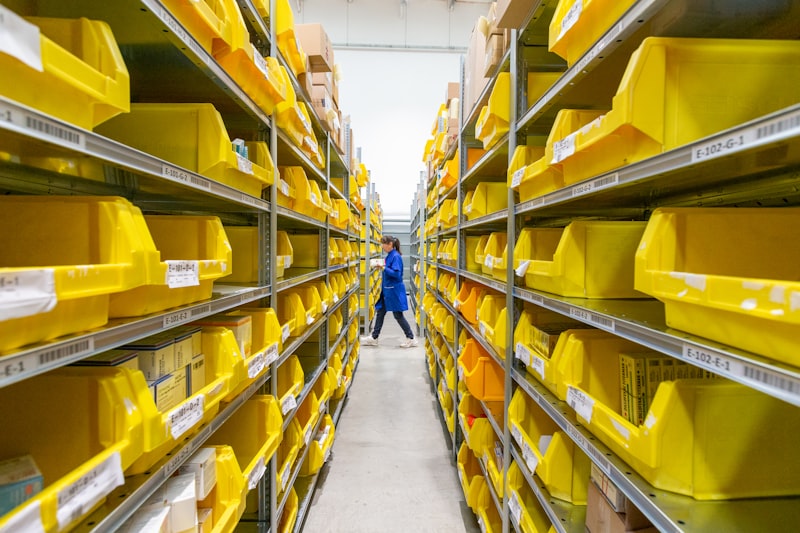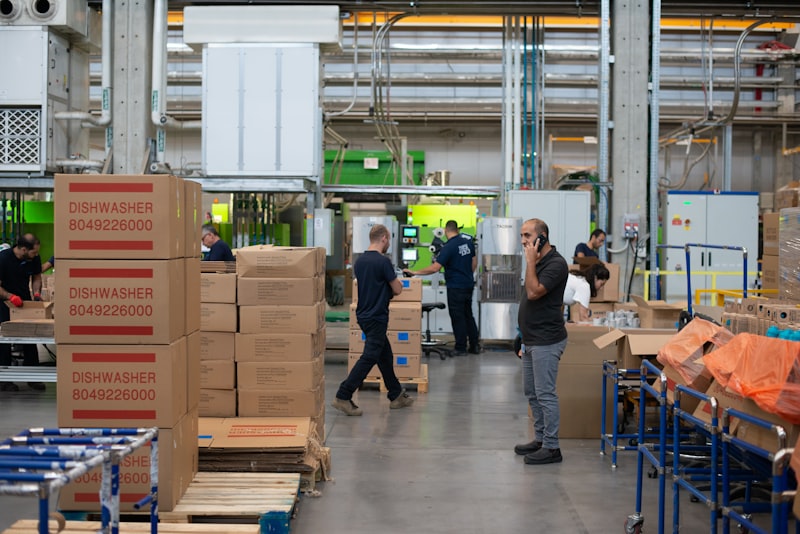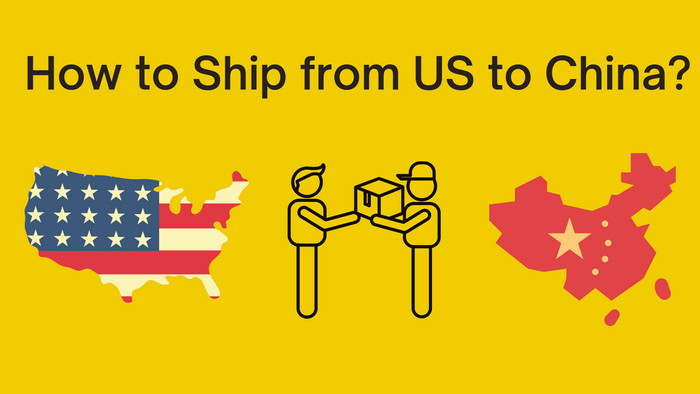Suppose you want to calculate the overall warehouse and logistics cost and dig out details. In that case, you need to clearly define the cost as "direct costs," "indirect costs," and "period costs," based on this logistics cost analysis model.
-
Direct cost refers to the necessary expenditures such as warehousing, transportation, circulation processing, product storing, and order delivery.
-
Indirect cost is the cost undertaken to manage the logistics matters, such as workforce, logistics management software, warehousing tools investment, etc.
-
Period cost is related to work efficiency, professionalism, and the decision-making cycle. It brings several hidden fees.
Small and medium-sized companies usually lack full-time personnel responsible for logistics and supply chain management and warehouse inventory management. They do not have enough budget to build a professional logistics management team or hire logistics management specialists.
On this premise, if a company's annual direct logistics cost is 1 million, the indirect cost may reach 300,000 or even higher. Indirect costs include total expenditures for management software, personnel, and other incidental fees. The period cost is more difficult to estimate. It depends on the experience and professionalism of the logistics manager and the company's product category, purchasing, and sales model.
We can find an obvious problem based on analyzing the three types of " logistics costs." Small and medium-sized businesses have few employees and less time to make a long-term decision about logistics.
For example, to find a suitable warehouse, you need to research different warehouses, make a comparison, and negotiate with the warehouse owners.
On-site research is time-consuming and labor-intensive. Your rented area is not large, so the price negotiation may not be ideal for you. However, the market demand and order delivery are relatively urgent.
There is no way to make detailed logistics plans based on their situations. The warehouse selection process is often in a dilemma.
The logistics management team usually has fewer employees. That is a normal situation. If there are few people, the process needs to be efficient. The supervisor must have experience, resources, and the ability to make short- and medium-term planning.
Suppose a supervisor's understanding of logistics only stays at the stage of finding warehouse inventory and sending delivery orders. In that case, it will inevitably encounter operational bottlenecks in the short to medium term.
Ecommerce has become an unseparated part of our lives; poorly performing logistics will only worsen your online business.
There are so many difficulties when the team is small. How to make relatively effective logistics decisions on the road of rapid development, here are 3 cost reduction techniques in logistics:
3 Logistics Cost Reduction Tips
1. Warehouse Location Selection
Regardless of the front-end supply chain process, we only consider the criteria of the storage location after the goods are delivered from the foundry and supplier to us. Generally, companies consider several aspects when choosing a storage location.
-
The storage location is close to the source of the goods.
-
The storage location is close to the market.
-
The storage location locates near their company.
For example, for companies that focus on individual orders, including e-commerce, private-label vendors, etc., the warehouses they choose are usually close to the target market.
Select a warehouse close to where the orders are most concentrated, which is a practical decision. If more than 50% of orders come from New York State, you should not set up warehouses in Washington State.
When it comes to multiple eCommerce warehouses management, find a warehouse in New York State or states around New York State first. After that, consider other states based on the growth of orders. These are the factors to consider when selecting a warehouse.
2. Logistics Cost Management
Transportation depends on the product and shipping destination, such as the size and weight of the product, the regional distribution of the consignee, and the consignee's address.
For example, 60% of the monthly outbound volume of 10,000 orders is individual orders. The consignees' addresses are randomly distributed across the country. The rest are large-volume orders with fixed consignees and order frequency.
Then, the first consideration is that it may not be possible to fulfill all individual orders with only one courier. Thus, it would be best if you worked with multiple couriers. The second consideration, business orders usually require less-than-truck-load shipping or truckload shipping. In that case, it is necessary to consider working with a fixed courier company and a backup fleet.
You should choose a national or international courier company to fulfill individual orders because it is a small package and the recipient address is random. If you can't get shipping rate discounts from a courier, you can try eCommerce shipping software here. These shipping tools can help reduce transportation costs.
To deliver business orders, you should partner with a fixed transportation company with random spare fleet resources because it is large and the receiving address is fixed. The extra fleet resources mainly deal with unusual orders. A good transportation combination plan should be able to optimize costs and cope with single-quantity "peaks" and "troughs."
What is shipping API and benefit for eCommerce businesses?
3. Warehouse & Inventory Management Software
For sales-oriented companies, the warehouse management system must have three main features in terms of order processing. The eCommerce logistics and order fulfillment software usually is divided into three types, order management system(OMS), warehouse management system(WMS), and transportation management system(TMS). These tools manage multi-channel sales orders, inventory and product details, and transport status.
-
Companies that sell products across multiple channels have a high reliance on OMS.
-
WMS is more suitable for companies with more SKUs and deep inventory levels.
-
Companies with diversified order delivery forms have higher requirements for TMS.
In particular, if a small business only sells on one online platform and the number of SKUs does not exceed 100, the monthly order volume is less than 10,000. It is acceptable not to install a complete set of management software for the time being. With a few third-party tool integration, the company can handle everything.
Suppose a company has more than 100,000 orders per month and sells online and offline through multiple channels, with hundreds of SKUs. In that case, all three functional modules need to be available in the warehouse management software.
Otherwise, there will be a lot of problems with the eCommerce logistics services, eCommerce fulfillment warehouse, warehouse operations.
Conclusion
Making a cost-effective logistics system and improving warehouse operations efficiency is vital for every business. These are the primary methods that small and medium-sized businesses should consider when making logistics decisions.
More Tips for You
8 Tips For How to Improve Warehouse Efficiency
Ecommerce Packaging Tips for Product & Shipping Package
Ultimate Guide : Local & Cross-border eCommerce Logistics Service



![Top 11 Best Logistics Companies In Australia For Business [2022]- KeyDelivery](https://www.kd100.com/blogfile/img/best-logistics-courier-companies-in-australia.jpg)
![10 Best Courier Companies In Abu Dhabi [Ecommerce Hacks 2022]](https://www.kd100.com/blogfile/img/best-courier-service-in-abu-dhabi-dubai-uae.jpg)
